Biba: the story of a 'legendary emporium'
Brand's 60th anniversary is being marked with retrospective celebrating the 'iconic shop's cultural importance'
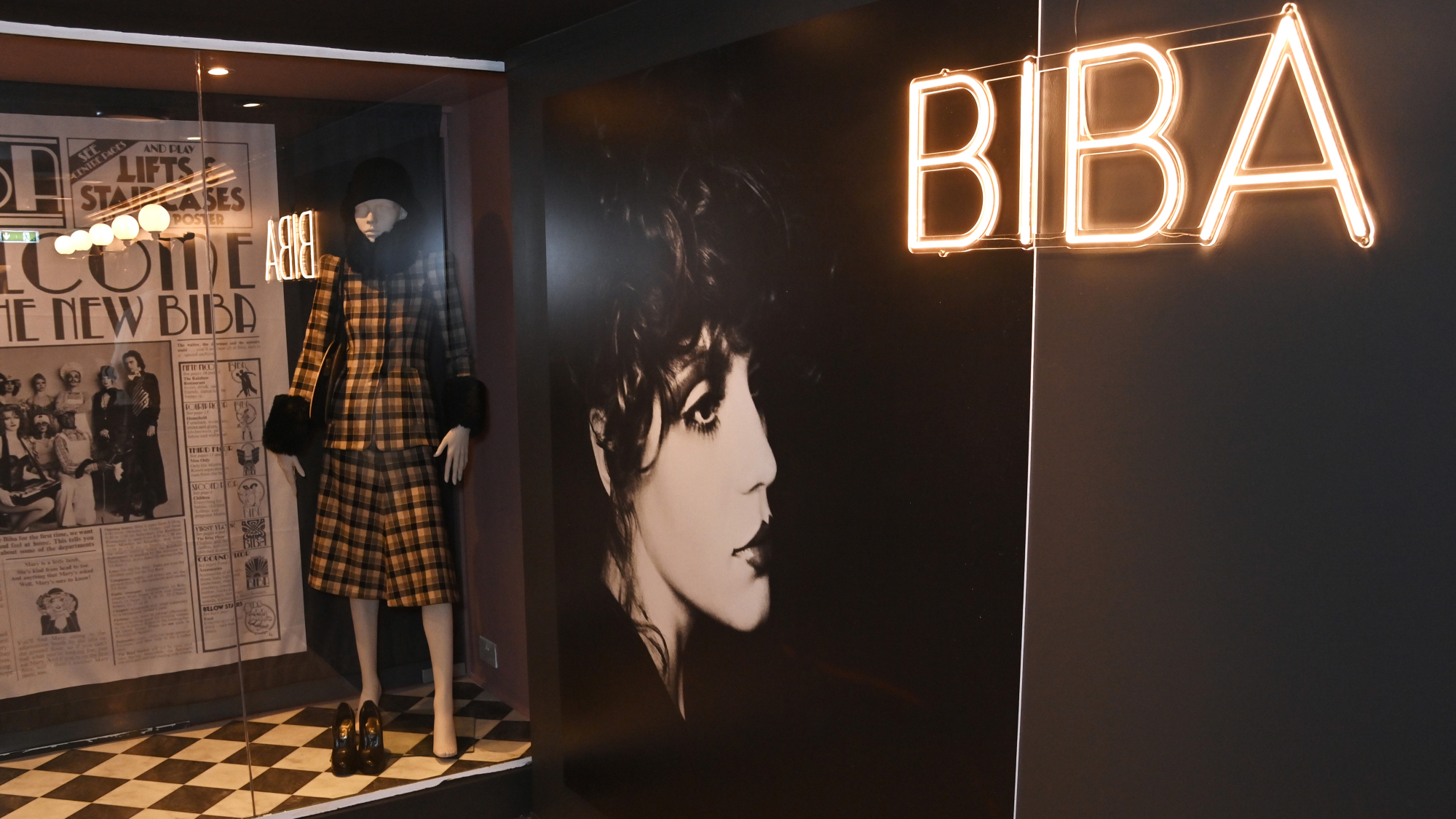
In 1964, Polish-born fashion illustrator Barbara Hulanicki opened a small fashion boutique in Kensington's Abingdon Road, and "London's retail landscape changed irrevocably", said the London Evening Standard. Sixty years on, a new exhibition at the city's Fashion & Textile Museum celebrates "the iconic shop's cultural importance".
The shop was called Biba, the nickname of Hulanicki's younger sister Biruta, and the brand was designed to be "affordable and accessible for everyone".
Hulanicki's journey to the heart of the fashion world began with "a short pink gingham shift dress based loosely on the one Brigitte Bardot wore in Saint-Tropez in 1963", said The Guardian. Hulanicki's dress, which opens the new exhibition, cost 25 shillings and "changed the course" of her life, after featuring in a fashion spread in the Mirror newspaper in 1964. "On the same day", 17,000 readers ordered the dress from the mail-order business that she also ran with her husband, Stephen Fitz-Simon.
The Week
Escape your echo chamber. Get the facts behind the news, plus analysis from multiple perspectives.

Sign up for The Week's Free Newsletters
From our morning news briefing to a weekly Good News Newsletter, get the best of The Week delivered directly to your inbox.
From our morning news briefing to a weekly Good News Newsletter, get the best of The Week delivered directly to your inbox.
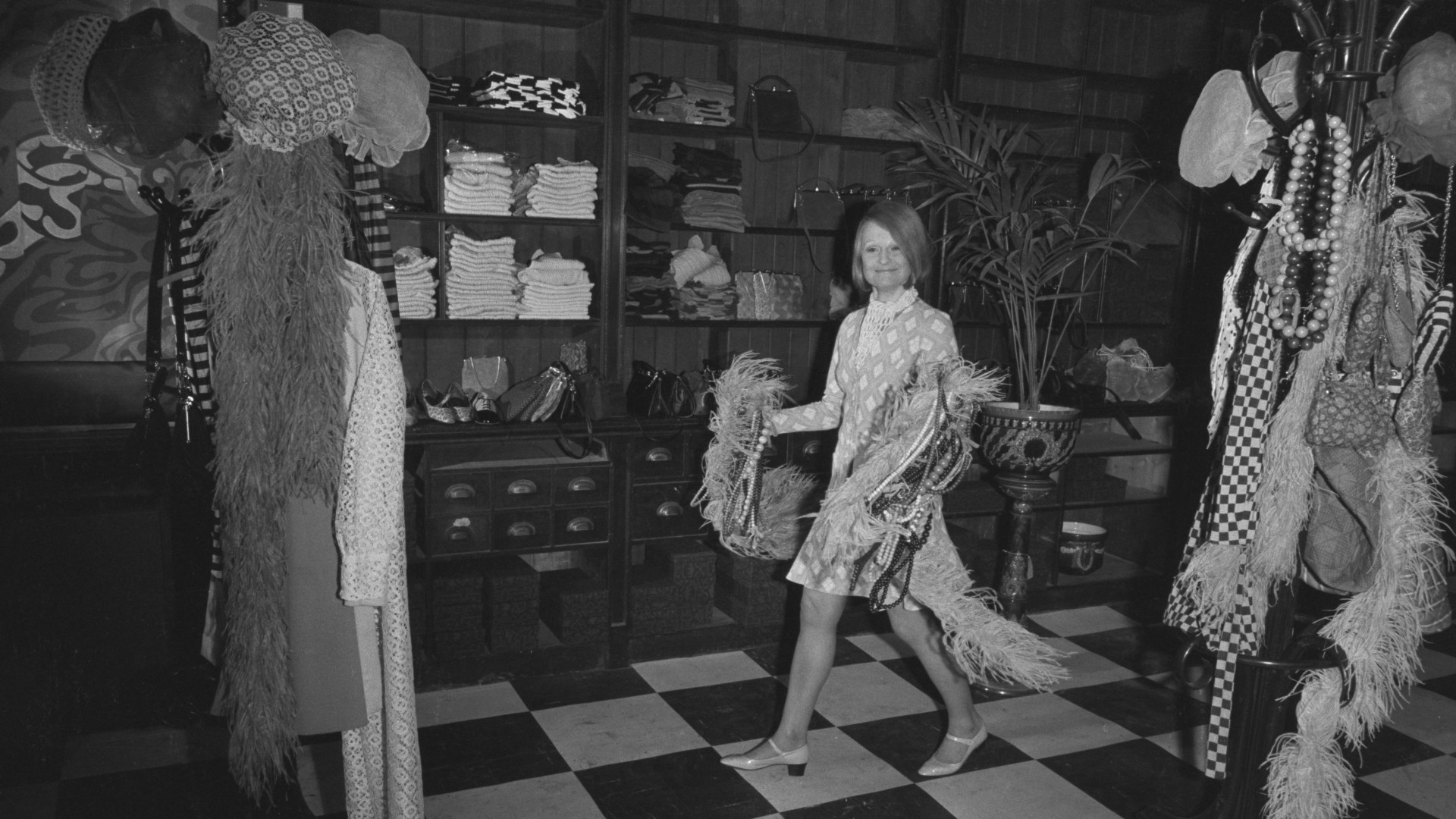
Barbara Hulanicki opened a bigger Biba shop, on Kensington Church Street, in 1966
Former advertising executive Fitz-Simon is credited with keeping Biba prices low. "He discovered the average secretary took home £10 a week," said The Guardian, and reasoned that "£3 could buy them a new dress in Biba and still leave them with plenty of change for rent and food".
As well as low prices, Biba was different in its décor, which was "like no other, with blacked-out windows, communal changing rooms, and music vibrating against the second-hand furniture", said Vogue.
Building on her commercial success, Hulanicki opened a bigger Biba premises on Kensington Church Street in 1966, before moving to an even larger shop on Kensington High Street in 1969. But it was a 1973 move to a nearby seven-storey art deco building that cemented her "vision of a full lifestyle proposition", said the Standard. Biba's merchandise range expanded to include everything "from bell-sleeve maxidresses and leopard-print swing coats to cans of lobster soup, packs of pin-up playing cards, lampshades and makeup" – a "resolutely modern" approach that was then viewed as radical.
Biba was also ahead of its time in terms of shoppers' in-store experience. The clothes for sale at the "legendary emporium" were "tossed on coat stands and surrounded by dimly lit feathered chandeliers", said The Guardian. Underwear and silk sheets were sold in a "Mistress Room", and the store also housed a restaurant-cum-nightclub with a ceiling "lit with the colours of the rainbow". On the rooftop, "shoppers could sip tea next to pink flamingos perched by a pond".
A free daily email with the biggest news stories of the day – and the best features from TheWeek.com
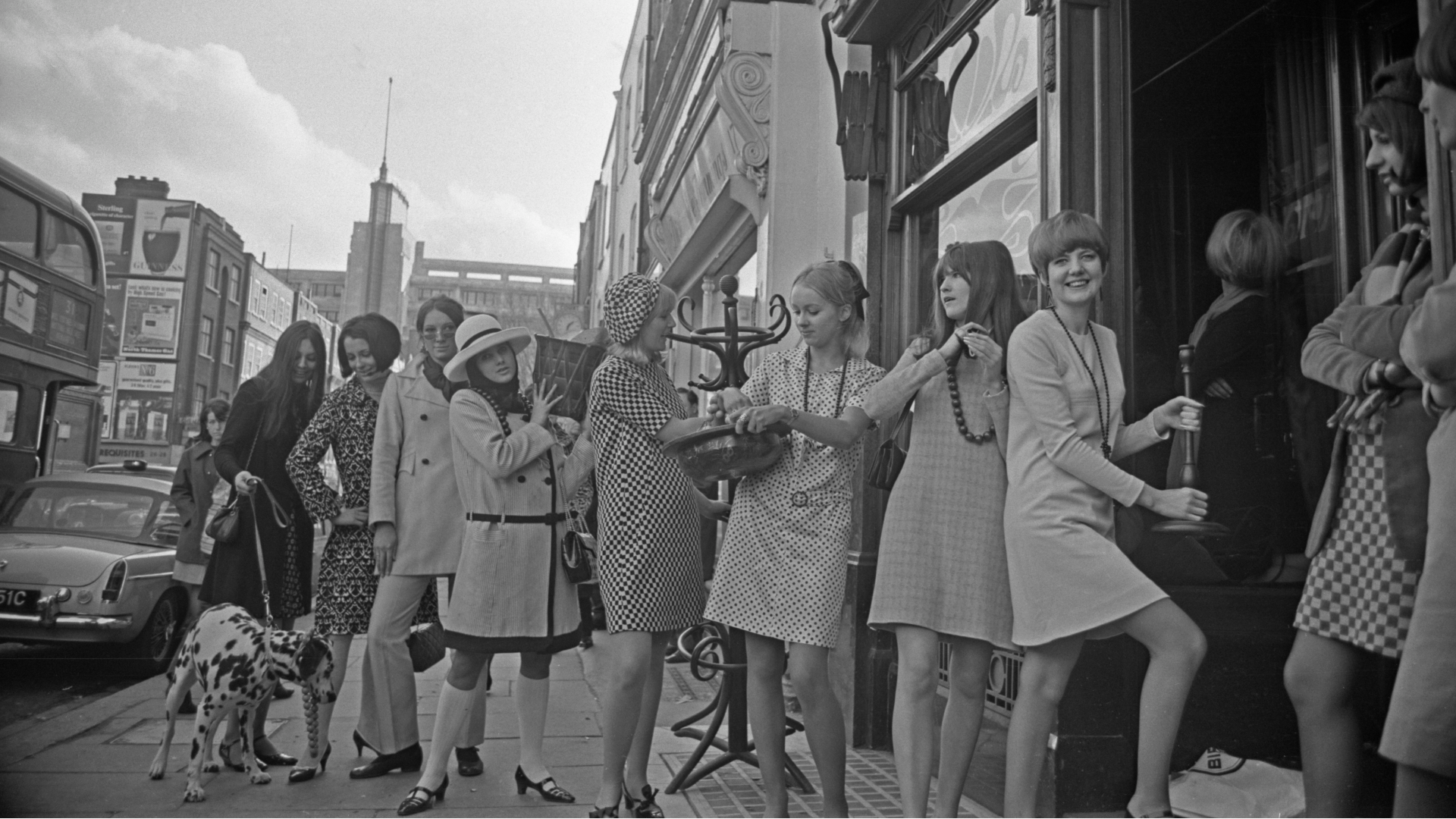
Singer Cilla Black and broadcaster Cathy McGowan join other customers queuing to get into the then new Biba boutique on Kensington Church Street
Little wonder, said The Guardian, that come Saturdays, the queue for Biba "curved its way along the high street, with customers ranging from teenagers to the Rolling Stones and Twiggy".
The store would "shut its doors for the final time" in 1975, but the brand's popularity has lived on, with fans now flocking to the new retrospective, "The Biba Story, 1964-1975".
The "perfectly preserved miniskirts" and "leopard-print coats" on show are a fashion "time capsule", said the Financial Times. And they also act as a reminder, said the exhibition's curator Martin Pel, that "fashion at low prices does not need to be disposable".
"The Biba Story, 1964-1975" runs until 8 September at the Fashion & Textile Museum
Adrienne Wyper has been a freelance sub-editor and writer for The Week's website and magazine since 2015. As a travel and lifestyle journalist, she has also written and edited for other titles including BBC Countryfile, British Travel Journal, Coast, Country Living, Country Walking, Good Housekeeping, The Independent, The Lady and Woman’s Own.
-
 Ex-FBI agents sue Patel over protest firing
Ex-FBI agents sue Patel over protest firingspeed read The former FBI agents were fired for kneeling during a 2020 racial justice protest for ‘apolitical tactical reasons’
-
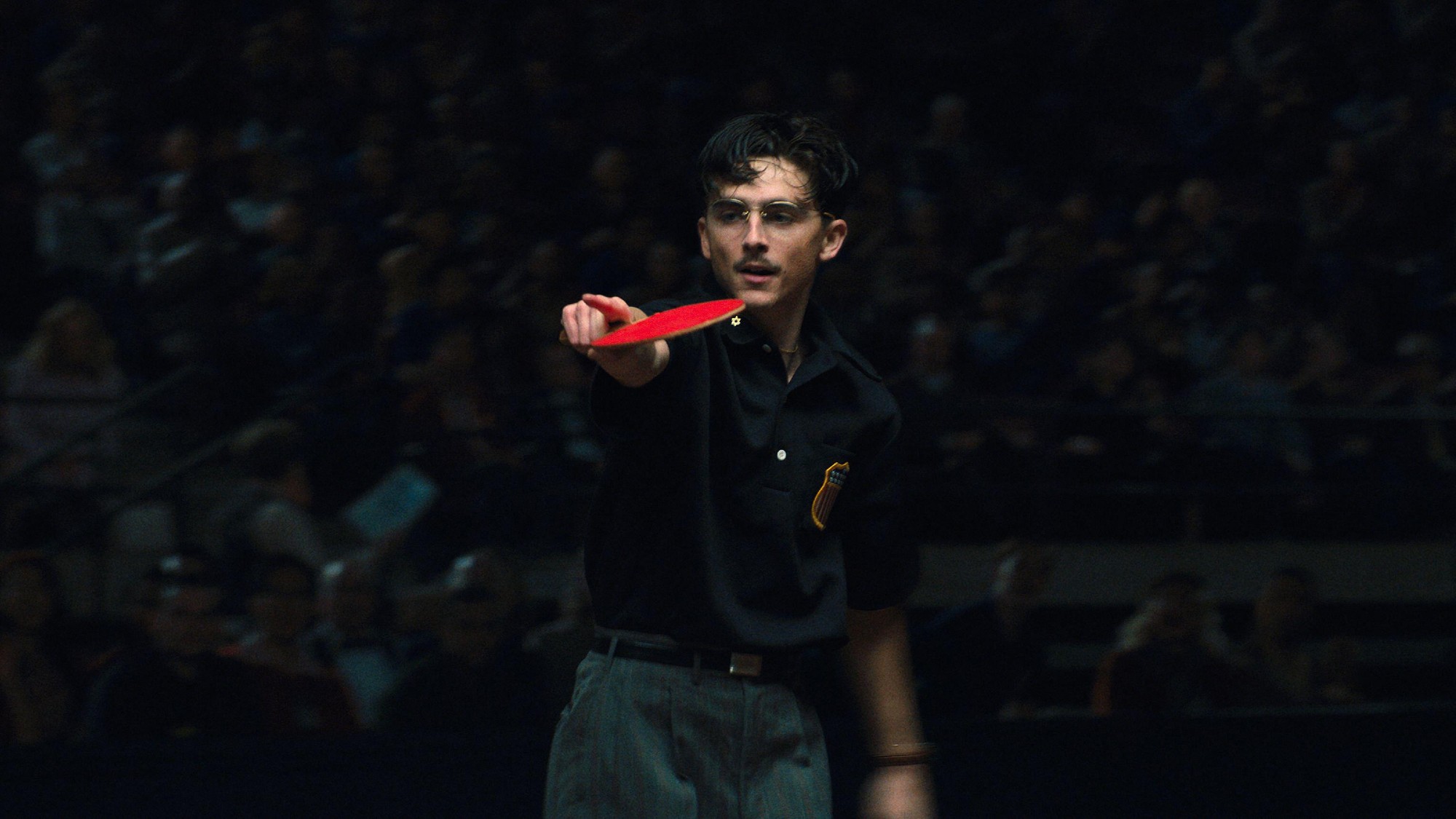 The real tragedy that inspired ‘Hamlet,’ the life of a pingpong prodigy and the third ‘Avatar’ adventure in December movies
The real tragedy that inspired ‘Hamlet,’ the life of a pingpong prodigy and the third ‘Avatar’ adventure in December moviesThe Week Recommends This month’s new releases include ‘Hamnet,’ ‘Marty Supreme’ and ‘Avatar: Fire and Ash’
-
 ‘These moves would usher in a future of chemical leaks’
‘These moves would usher in a future of chemical leaks’Instant Opinion Opinion, comment and editorials of the day
-
 The real tragedy that inspired ‘Hamlet,’ the life of a pingpong prodigy and the third ‘Avatar’ adventure in December movies
The real tragedy that inspired ‘Hamlet,’ the life of a pingpong prodigy and the third ‘Avatar’ adventure in December moviesThe Week Recommends This month’s new releases include ‘Hamnet,’ ‘Marty Supreme’ and ‘Avatar: Fire and Ash’
-
 A postapocalyptic trip to Sin City, a peek inside Taylor Swift’s ‘Eras’ tour, and an explicit hockey romance in December TV
A postapocalyptic trip to Sin City, a peek inside Taylor Swift’s ‘Eras’ tour, and an explicit hockey romance in December TVthe week recommends This month’s new television releases include ‘Fallout,’ ‘Taylor Swift: The End Of An Era’ and ‘Heated Rivalry’
-
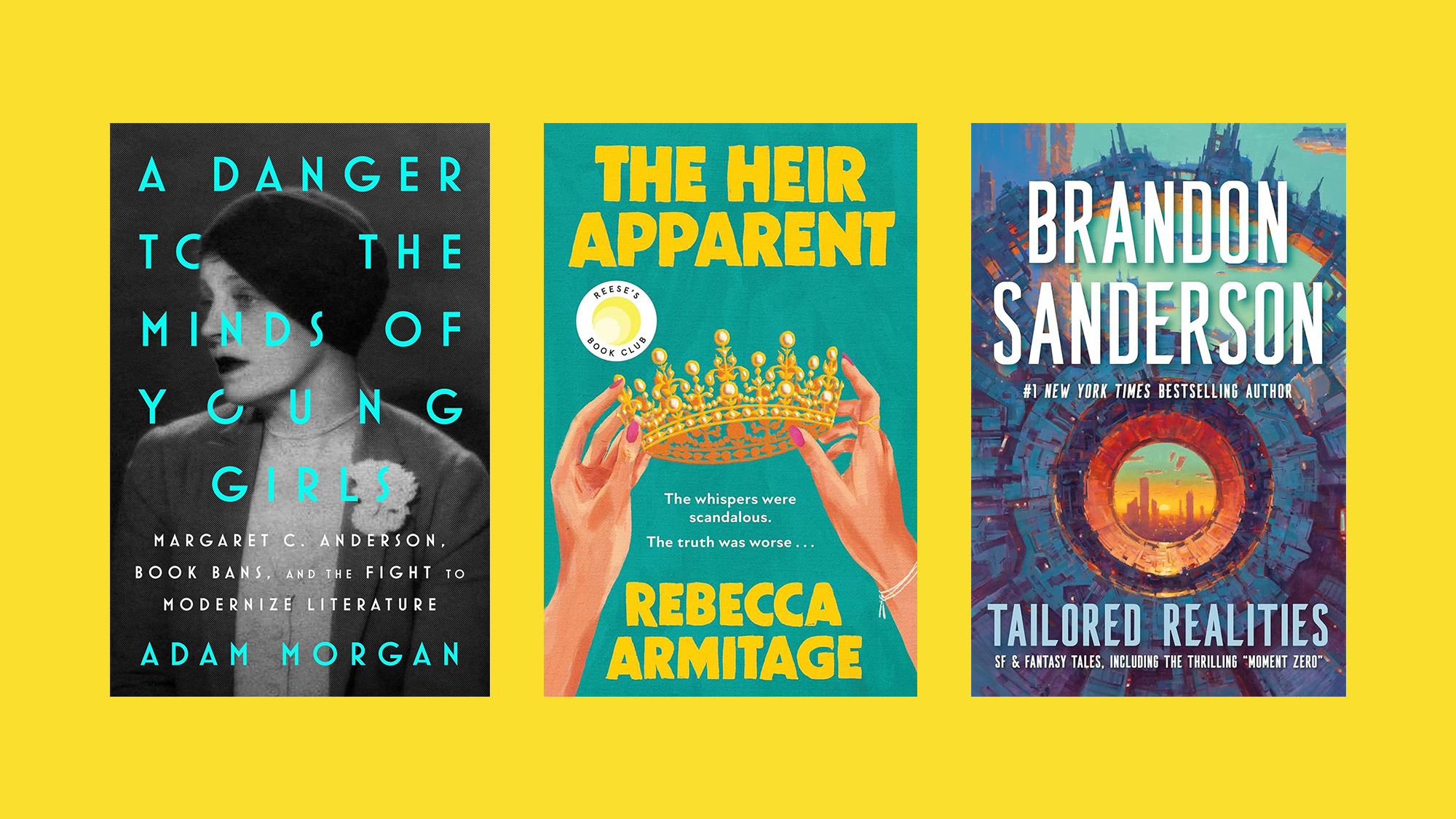 December’s books feature otherworldly tales, a literary icon’s life story and an adult royal romp
December’s books feature otherworldly tales, a literary icon’s life story and an adult royal rompThe Week Recommends This month's new releases include ‘The Heir Apparent’ by Rebecca Armitage and ‘Tailored Realities’ by Brandon Sanderson
-
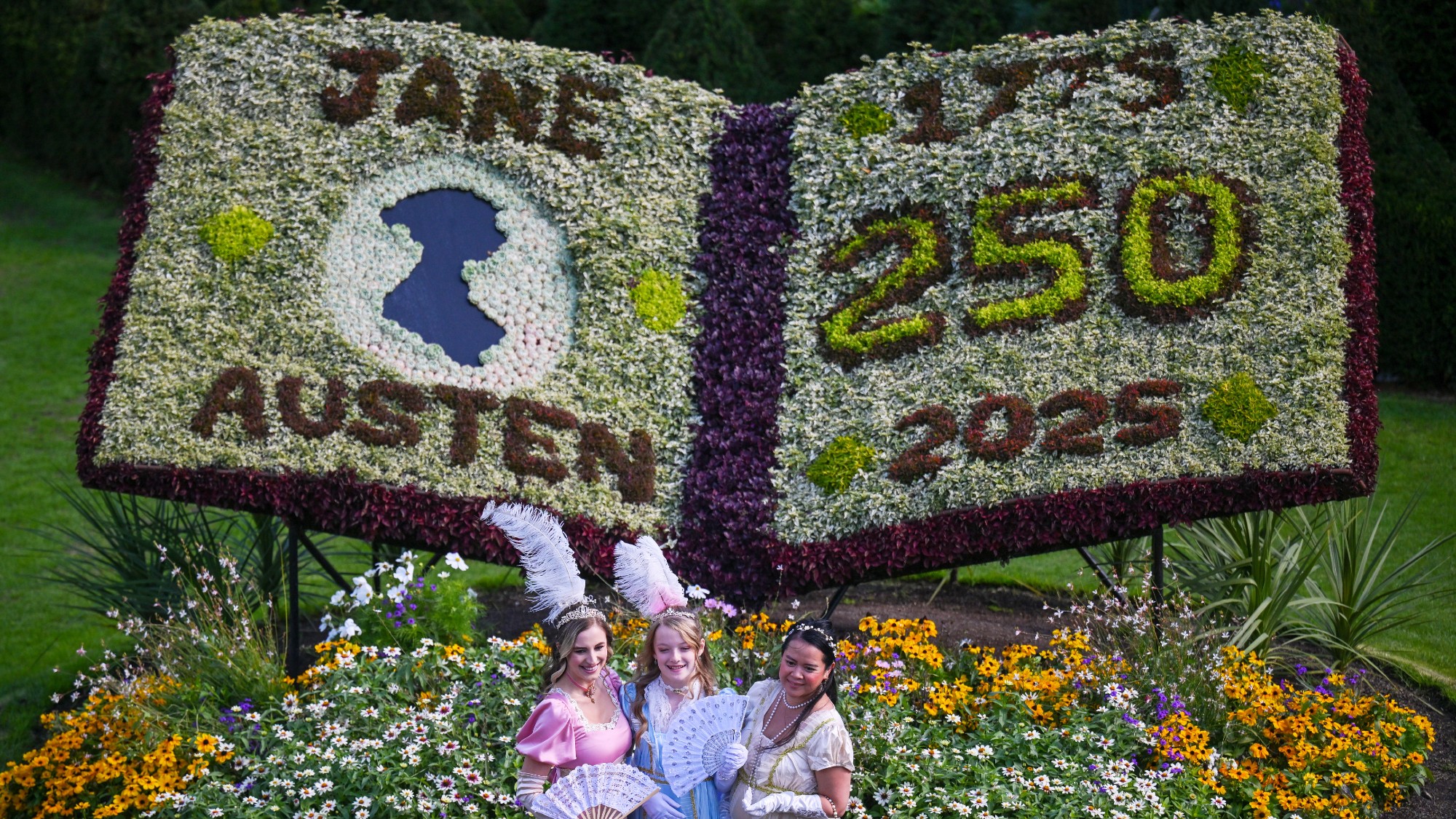 Jane Austen lives on at these timeless hotels
Jane Austen lives on at these timeless hotelsThe Week Recommends Here’s where to celebrate the writing legend’s 250th birthday
-
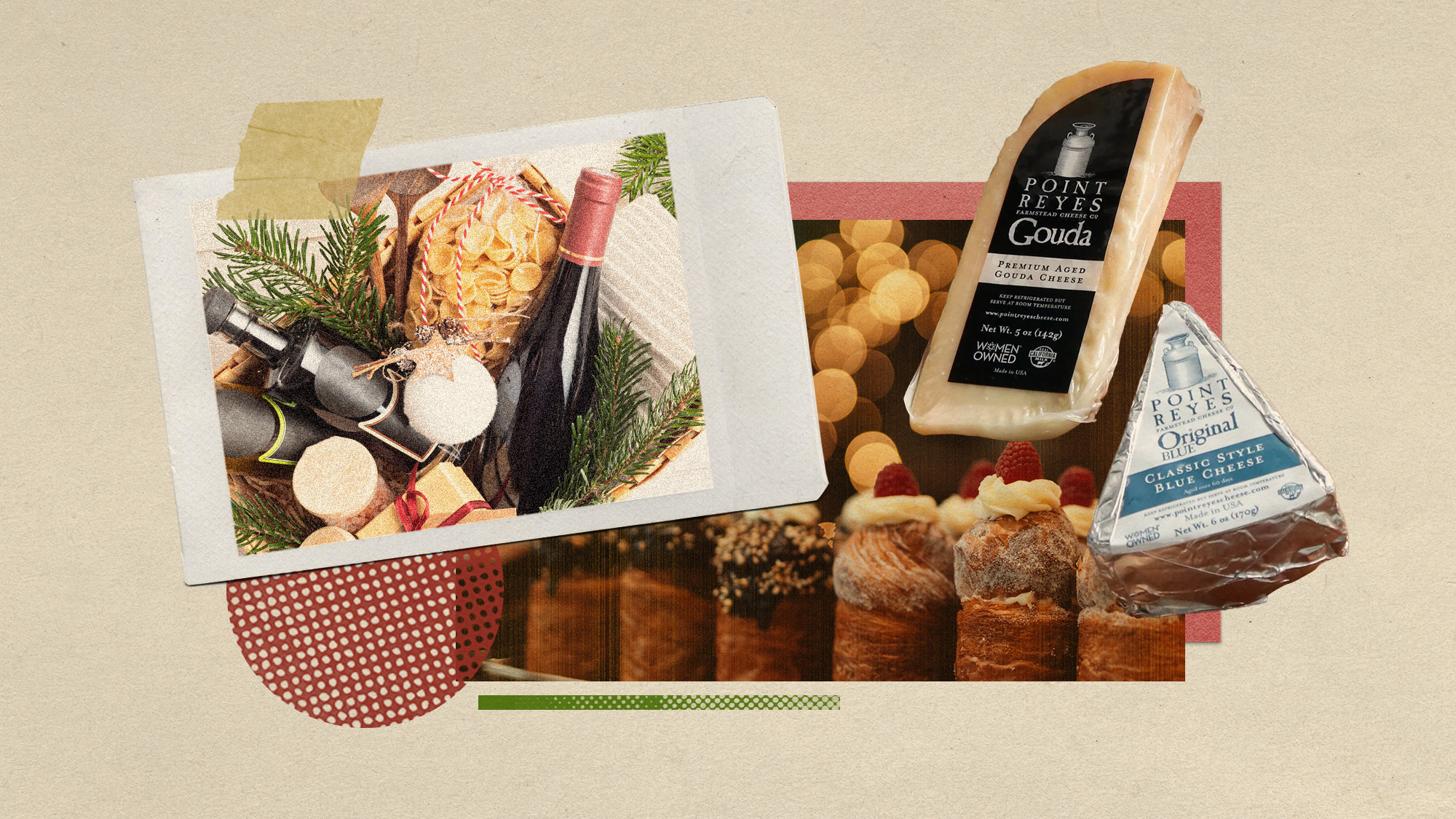 May your loved ones eat, drink and be merry with these 9 edible Christmas gifts
May your loved ones eat, drink and be merry with these 9 edible Christmas giftsThe Week Recommends Let them eat babka (and cheese and licorice)
-
 10 concert tours to see this winter
10 concert tours to see this winterThe Week Recommends Keep cozy this winter with a series of concerts from big-name artists
-
 6 gripping museum exhibitions to view this winter
6 gripping museum exhibitions to view this winterThe Week Recommends Discover the real Grandma Moses and Frida Kahlo
-
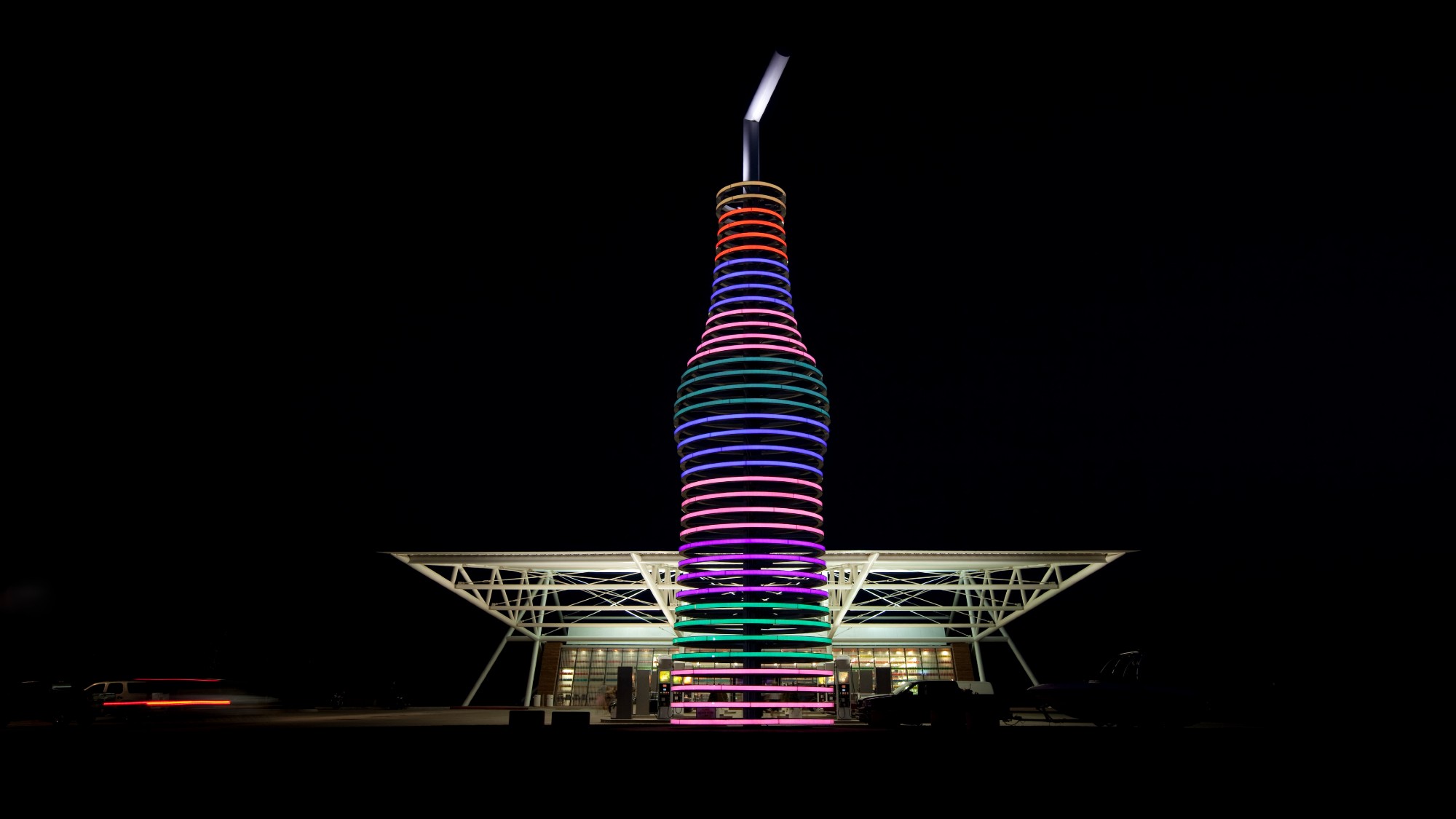 Pull over for these one-of-a-kind gas stations
Pull over for these one-of-a-kind gas stationsThe Week Recommends Fill ’er up next to highland cows and a giant soda bottle